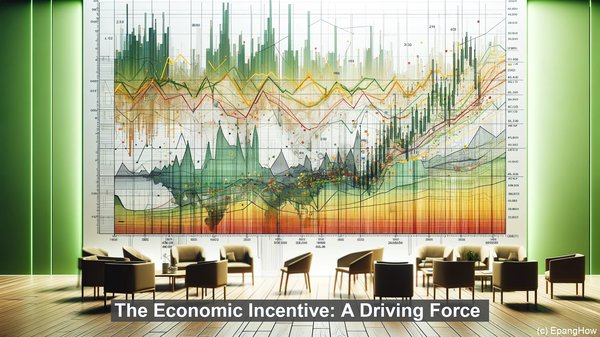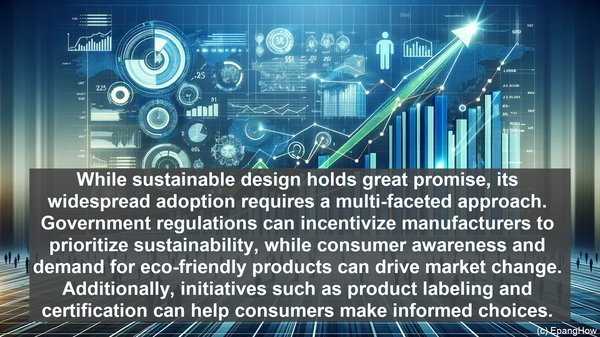Introduction: The Paradox of Modern Production
Greetings, audience! In today’s world, we often find ourselves in a paradox. On one hand, technological advancements have made our lives more convenient. On the other hand, the rapid pace of innovation has led to a staggering amount of waste. This paradox is at the heart of the planned obsolescence vs sustainable design debate.

Planned Obsolescence: The Art of Shortening Lifespans
Planned obsolescence is a strategy employed by manufacturers to intentionally limit the lifespan of a product. This can be achieved through various means, such as using inferior materials or designing products with non-replaceable components. The underlying goal is to ensure that consumers will need to replace the product within a relatively short period of time.
The Economic Incentive: A Driving Force
While planned obsolescence may seem counterintuitive from a consumer’s perspective, it aligns with the economic interests of manufacturers. By creating a constant demand for new products, companies can ensure a steady revenue stream. Additionally, the shorter lifespan of products often leads to increased sales and a thriving aftermarket.
The Environmental Toll: Beyond the Landfills
The consequences of planned obsolescence extend far beyond overflowing landfills. The production of goods requires significant amounts of resources, including energy, water, and raw materials. When products are discarded prematurely, these resources are essentially wasted. Furthermore, the disposal of electronic waste, which often contains hazardous materials, poses a significant environmental risk.
Sustainable Design: A Paradigm Shift
In recent years, there has been a growing recognition of the need for sustainable design. This approach focuses on creating products that are durable, repairable, and adaptable. By considering the entire lifecycle of a product, from sourcing materials to end-of-life disposal, sustainable design aims to minimize environmental impact.
The Circular Economy: Closing the Loop
At the core of sustainable design is the concept of the circular economy. Instead of the traditional linear model of ‘take-make-dispose,’ the circular economy emphasizes resource efficiency and waste reduction. This can be achieved through strategies such as product modularity, material recycling, and extended producer responsibility.

The Role of Regulation and Consumer Awareness
While sustainable design holds great promise, its widespread adoption requires a multi-faceted approach. Government regulations can incentivize manufacturers to prioritize sustainability, while consumer awareness and demand for eco-friendly products can drive market change. Additionally, initiatives such as product labeling and certification can help consumers make informed choices.
